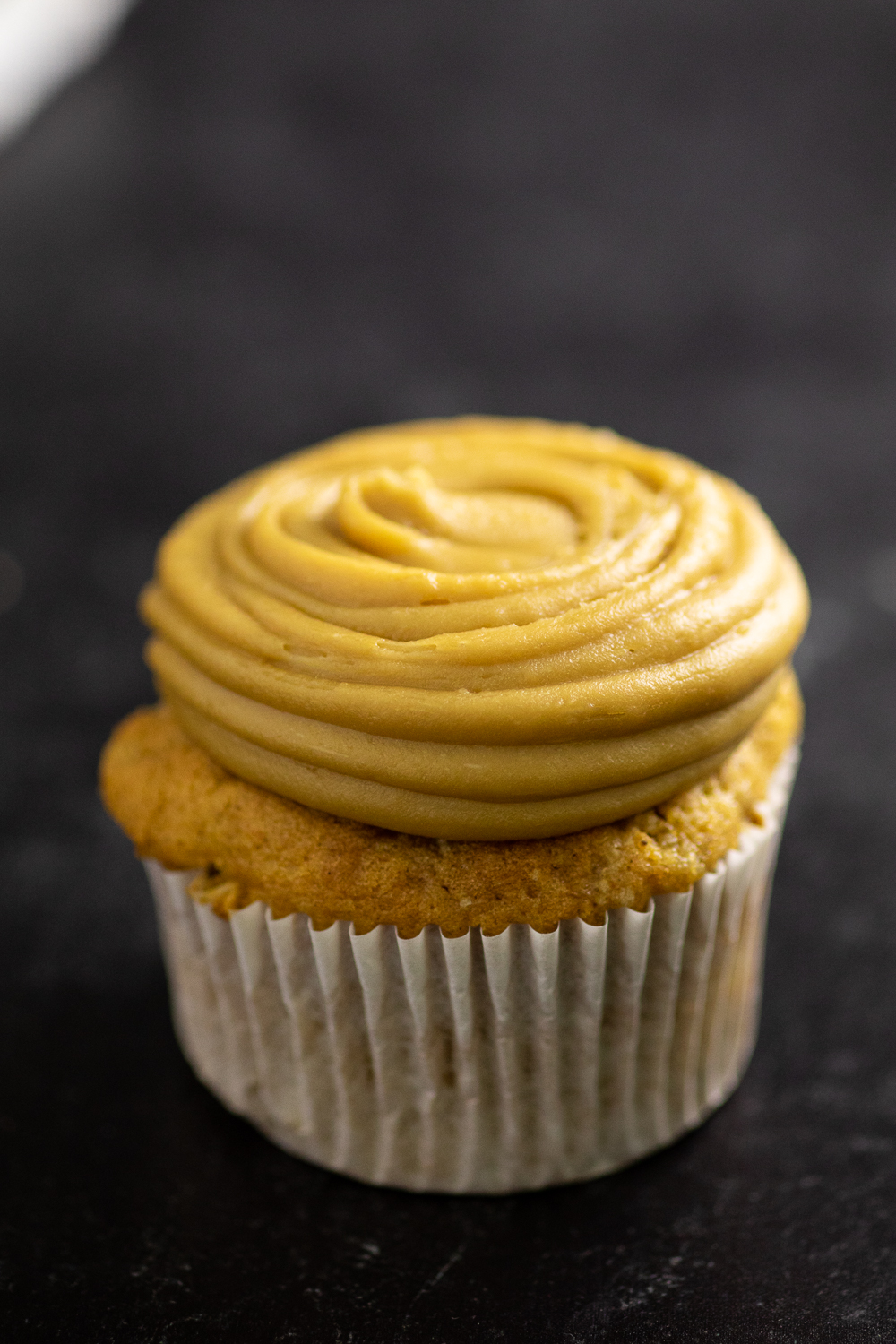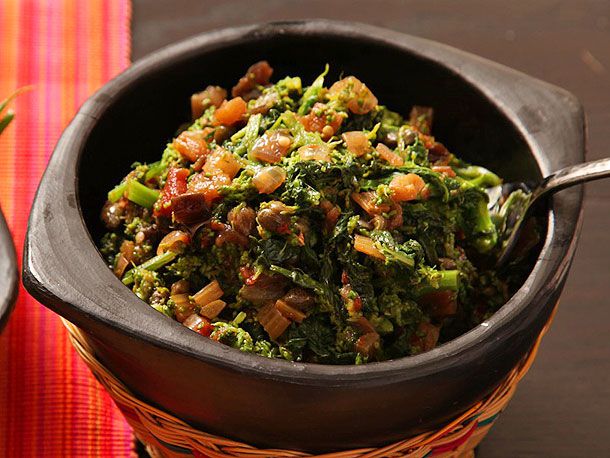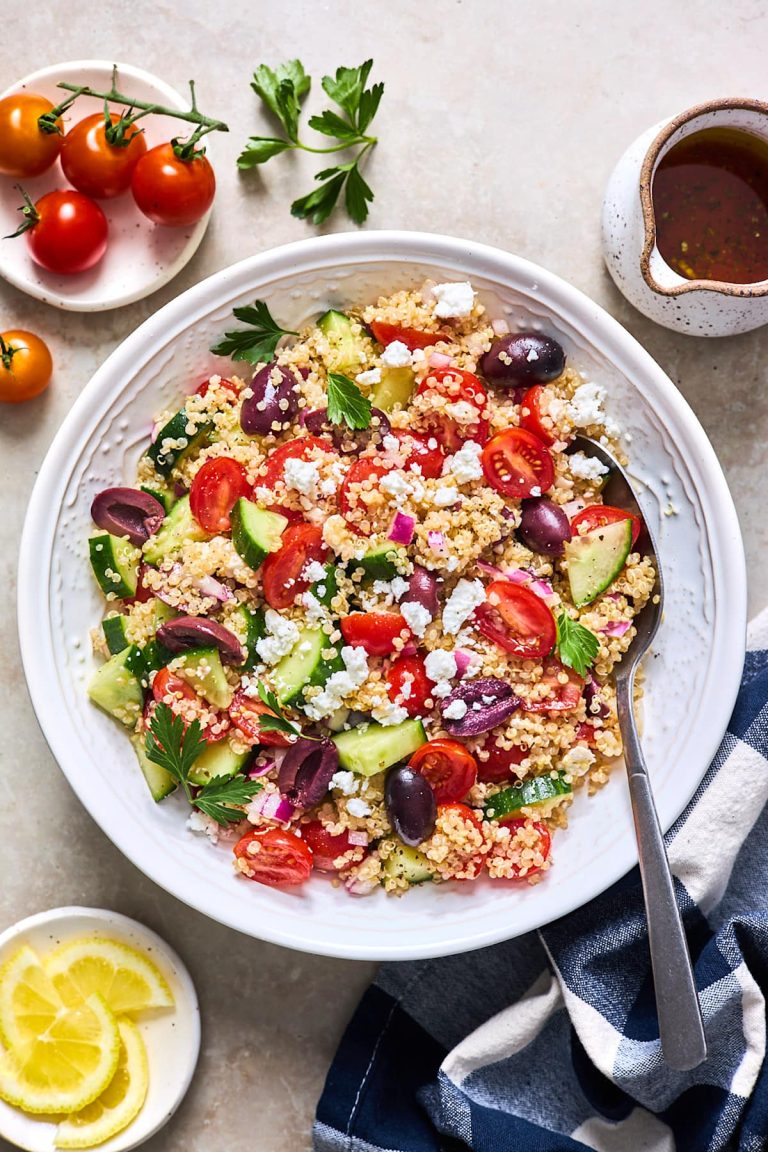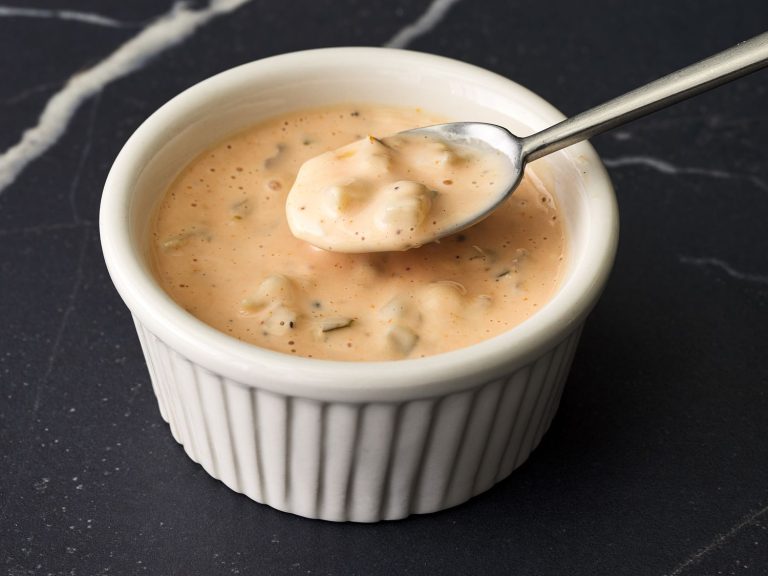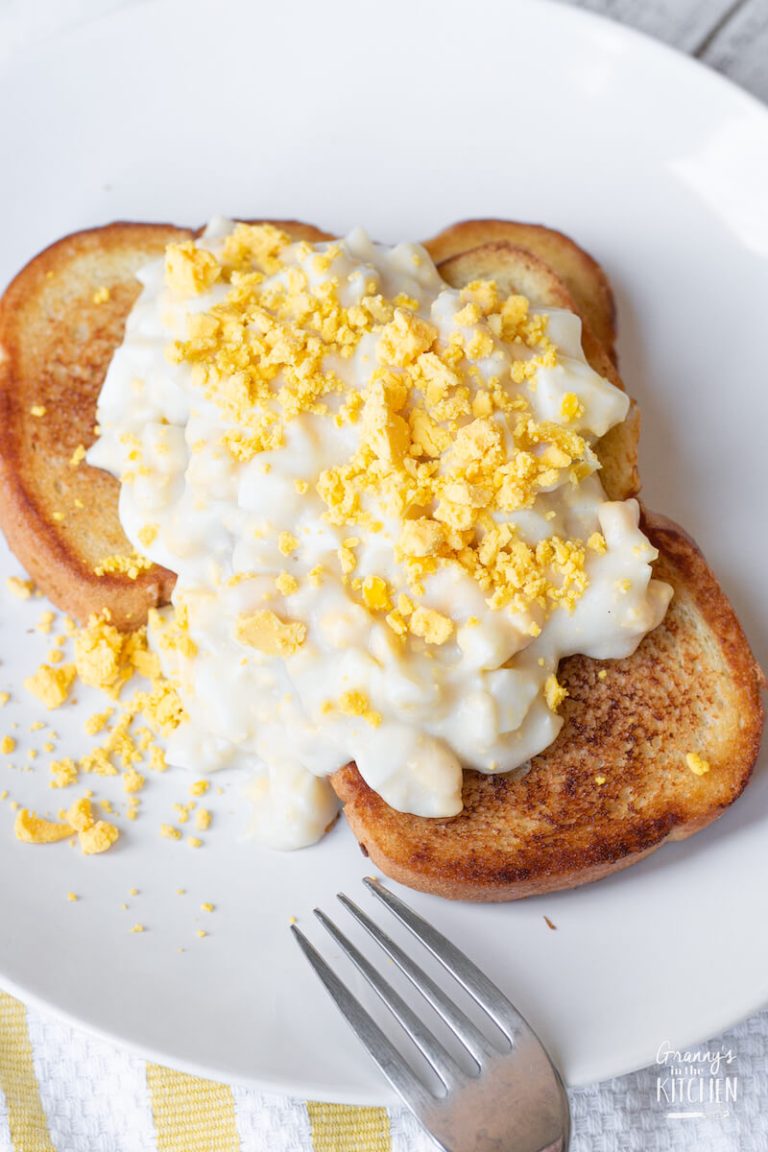Caramel Frosting: History, Recipes, and Tips for Perfect Sweetness
Caramel frosting traces its origins to the late 19th century when caramel became a popular confectionery ingredient. During this time, home cooks and bakers began experimenting with caramel for various desserts, leading to the creation of caramel frosting. Initially, caramel was a simple combination of sugar and water, cooked until it achieved a deep amber color. Over time, recipes evolved to include milk, cream, and butter, creating a richer and smoother texture. This adaptation increased caramel frosting’s appeal, allowing it to become a staple in American baking traditions.
Regional Variations
Caramel frosting’s popularity led to the development of regional variations across the United States. In the South, caramel frosting often includes a richer combination of heavy cream and brown sugar, giving it a pronounced molasses flavor. Southern bakers frequently use it to top classic caramel cakes and praline-covered desserts. In the Northeast, a lighter version using evaporated milk and granulated sugar is common, preferred for its smoother texture and less intense sweetness. These variations reflect local preferences and the influence of regional ingredients, adding unique twists to the traditional caramel frosting.
Ingredients for Caramel Frosting
Key Components
Caramel frosting relies on a few essential ingredients to achieve its distinctive flavor and texture. You’ll need the following:
- Sugar (1 cup): Caramelization of sugar forms the base, providing the characteristic caramel taste. Use granulated sugar for clear caramel or brown sugar for a deeper molasses flavor.
- Butter (1/2 cup): Adds richness and smoothness to the frosting. Use unsalted butter for better control of the salt content.
- Cream (1/2 cup): Introduces moisture, preventing crystallization and ensuring a creamy texture. Heavy cream is preferred for a richer result.
- Vanilla Extract (1 tsp): Enhances the sweetness and complexity of the caramel flavor. Pure vanilla extract offers the best flavor.
- Salt (1/4 tsp): Balances the sweetness and accentuates the caramel notes. Use sea salt for a more refined taste.
Optional Add-Ins for Flavor Enhancement
To customize your caramel frosting, consider incorporating additional ingredients:
- Sea Salt (Pinch): For salted caramel frosting, add a pinch of sea salt to the mixture.
- Espresso Powder (1/2 tsp): Boosts the caramel flavor with a subtle coffee note, perfect for pairing with chocolate desserts.
- Cinnamon (1/2 tsp): Infuses a warm, spicy undertone, ideal for fall-themed baked goods.
- Maple Syrup (1 tbsp): Provides an extra layer of sweetness and a hint of maple, complementing the caramel beautifully.
- Bourbon (1 tbsp): Adds a sophisticated, smoky edge, making it an excellent choice for adult desserts.
These optional add-ins allow you to tailor your caramel frosting to suit different tastes and occasions, enhancing the basic recipe with unique twists.
Making Caramel Frosting
Cooking Techniques
Caramel frosting begins with melting sugar in a saucepan over medium heat. Use granulated or brown sugar for different flavor profiles. Stir constantly to prevent burning. Once the sugar turns amber, gradually add butter, stirring until fully combined. Slowly introduce heavy cream while continuing to stir. The mixture will bubble; keep stirring until smooth. Incorporate vanilla extract and salt for enhanced flavor.
Use a candy thermometer for precision. When the frosting reaches 240°F, take it off the heat. Let it cool slightly before whipping to a spreadable consistency. For a richer taste, add a touch of bourbon or maple syrup during the final mixing stage. Success requires careful attention to temperature and constant stirring to prevent crystallization.
Troubleshooting Common Issues
Grainy Texture: If your frosting becomes grainy, the sugar may have crystallized. Prevent this by not stirring for the first few minutes of caramelization and by adding a bit of corn syrup as an insurance policy against crystallization.
Burnt Caramel: Burnt caramel results from overheating or not stirring properly. Use a thermometer to ensure precision, and lower the heat if necessary.
Hard Frosting: If the frosting hardens too quickly, it might have cooked too long. Add a small amount of cream and reheat gently, stirring to achieve the preferred consistency. Always aim for a soft, spreadable frosting by closely monitoring the cooking temperature.
Runny Frosting: Runny frosting can occur if not cooked to the correct temperature or not enough time was given to cool before whipping. Reheat gently, allowing it to thicken, then cool and whip again.
Usage of Caramel Frosting
Classic Cakes and Desserts
Caramel frosting enhances traditional cakes and desserts, adding a rich and buttery flavor. Popular choices include caramel cake, a Southern classic, and German chocolate cake, where caramel frosting pairs well with the chocolate layers. Caramel frosting also complements vanilla, pecan, and pumpkin cakes, providing depth and sweetness.
Cupcakes gain considerable appeal with caramel-topped swirls, especially when paired with flavors like apple, banana, or spice. Drizzle caramel frosting over brownies and blondies for a delectable treat. It also works well with pastries such as éclairs and cream puffs, where it adds an extra layer of indulgence.
Creative Uses in Modern Desserts
Innovative applications of caramel frosting feature in contemporary desserts. Use caramel frosting to fill macarons, adding a luxurious touch to these delicate cookies. Caramel-drizzled donuts become an instant hit, meeting evolving tastes.
Experiment by incorporating caramel frosting into layered desserts such as trifles or parfaits. Add it to ice cream sundaes and milkshakes for a gourmet twist. Consider using it as a dip for fruits like apples or pears, offering a sophisticated alternative.
Incorporate caramel frosting in fusion desserts, like caramel-drizzled churros or caramel-topped mochi, blending cultures in creative ways. Use it to enhance bar desserts, such as lemon bars or shortbread, creating diverse flavor profiles.
Comparing Caramel Frosting to Other Frostings
Flavor Profiles
Caramel frosting offers a rich, buttery sweetness with a hint of smokiness from caramelized sugar. Vanilla frosting, in contrast, provides a lighter, sugary flavor without added depth. Cream cheese frosting balances sweetness with a tangy cream cheese finish, making it ideal for red velvet and carrot cakes. Chocolate frosting delivers a bold, cocoa-rich taste, catering to chocolate lovers. Buttercream, the most versatile, can adopt multiple flavors but usually carries a creamy, sugary profile with slight vanilla hints unless flavored otherwise. Each frosting brings unique sensory experiences to desserts, but caramel frosting stands out for its complex balance of deep sweetness and subtle caramel undertones.
Usage in Baking
Caramel frosting excels in enhancing both traditional and modern desserts. It complements classic cakes like caramel cake and German chocolate cake by adding depth to their profiles. In modern baking, caramel frosting works well in filled desserts like macarons and layered cakes, providing rich bursts of flavor. Vanilla frosting, often used for cupcakes and birthday cakes, offers a sweet, neutral base for various toppings. Cream cheese frosting pairs best with dense, spiced cakes. Chocolate frosting dominates in chocolate-forward desserts like brownies and chocolate cakes. Buttercream, known for adaptability, suits occasions needing intricate designs and stable textures. Despite various uses, caramel frosting uniquely enhances the overall richness and flavor depth in baked goods.
Conclusion
Caramel frosting offers a unique blend of deep sweetness and rich, buttery undertones that set it apart from other frostings. Whether you’re enhancing a classic caramel cake or adding a sophisticated touch to modern desserts, this versatile frosting elevates the flavor profile of any baked good. Its ability to complement a wide range of flavors makes it an essential addition to your baking repertoire. Embrace the delightful complexity of caramel frosting and transform your desserts into unforgettable treats.
